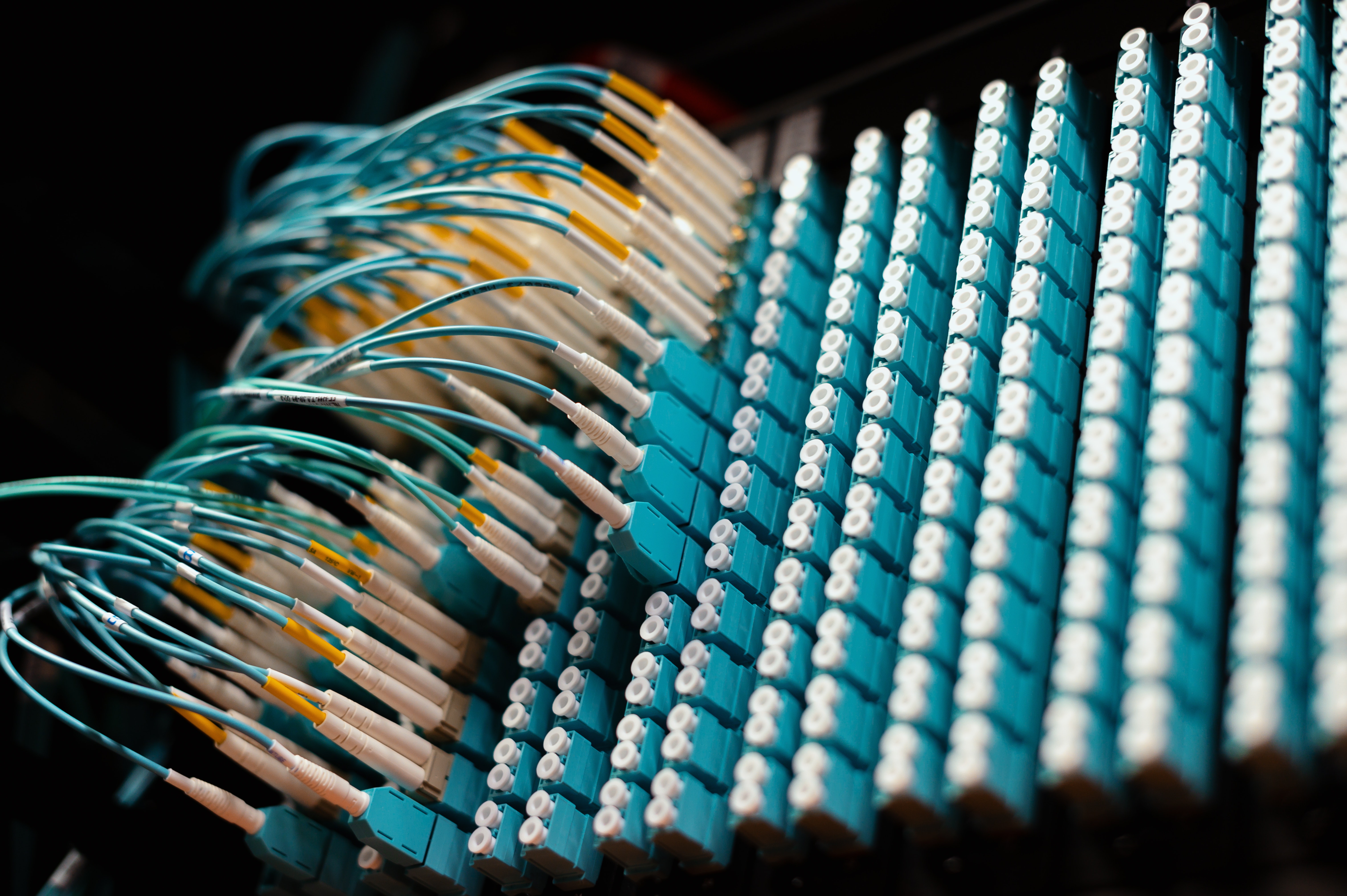Electromechanical systems are present in a wide range of complex and sophisticated vehicles such as ships, ground vehicles, aircraft, and the like. The way such standard systems work is through the software that operates on a controller. The physical components and mechanics are thus regulated by the controller, enabling the vehicles’ moving parts.

Fundamental techniques to future-proof an Electromechanical Test System
There are four specific ways to future-proof an electromechanical system:
- Testing at an early stage of the design cycle.
- Improve data usage.
- Systematize testing equipment.
- Proper command of distributed systems.
Initially, it is fundamental to have faster iterations, test cost reductions, and increased test coverage at the preliminary phases of the design cycle, consequently reducing time and cost. Further, utilizing model-based control knowledge to record and playback actual operational profiles and simulating components surrounding the DUT.
Then, better data usage means reducing repeat tests and making resources available for automated report generation. National Instrument’s DIAdem provides improved data usage, which leads to data analysis of up to 95% of collected data as opposed to the 22% industry standard of data adequately analyzed.
Thirdly, the systematization of testing equipment will be an excellent lever to future-proof a system. By instituting a typical test architecture, you can reprocess across diverse applications since you will already possess an architecture with many core capabilities. Further modification based on the respective programs and product specifications can accelerate the systematization process.
Finally, the fourth lever that can optimize future-proof test systems is the adequate supervision of distributed systems. There is a trend for large companies to have globally distributed test assets and clients. The effective delivery of results to these global clients can be challenging due to the many human and technological elements. One way to mitigate this challenge is through SystemLink software, which can perform various functions from system health and performance to data analysis and report scheduling, thus simplifying the process and minimizing geographic reach effects.

FPGA-Based Digital Interfacing for Design Verification and Production Test
Marketable off-the-shelf FPGA modules can reduce the cost and uncertainty of sustaining custom hardware and IP managed within the company. There is also increased value in using FPGA to apply digital interface for automated test systems.
Testing Digital Interfaces
Digital interface testing of the actual physical layer or the protocol layer is a procedure by which a system controls the equipment’s functionality. Furthermore, there should be a distinction between parametric test, which stresses out your DUT, and interfacing communication with the DUT by providing ideal signals for successful transmission.
Replacing the traditional Application Specific Integration Circuit (ASIC), FPGA enables the use of various protocol communications. It also provides more value to the protocol layer as opposed to the physical layer. Therefore, if a user wants to use On-FPGA analysis/decoding of proprietary or custom protocols, it can do so with additional significance. It can dynamically generate and analyze responses, yet it can also reuse the same test hardware for multiple protocols.
A custom FPGA-enabled tester, designed in-house, is expensive and dangerous to maintain. FPGA’s, on the other hand, meet multiple provisions for digital interfacing. Finally, NI’s custom-built COTS platform provides users with customizability without maintenance cost and the need for additional design. This solution enables users to focus their resources on other areas while still conducting thorough testing.
Sources:
https://ni.adobeconnect.com/p3kqnwp0az18/?launcher=false&fcsContent=true&pbMode=normal
https://ni.adobeconnect.com/pjgy5e8fftsd/
https://zone.ni.com/reference/en-XX/help/373892H-01/tssemiconductor/glossary/#dut







